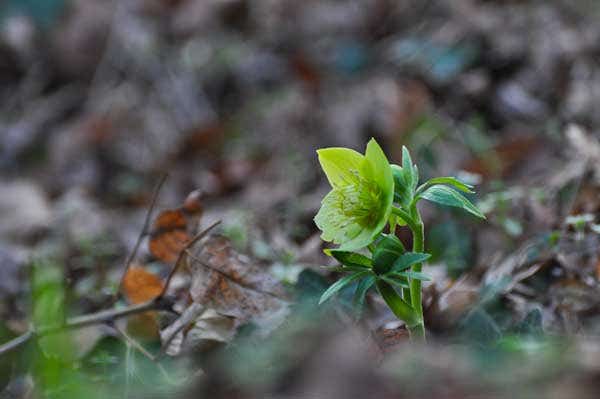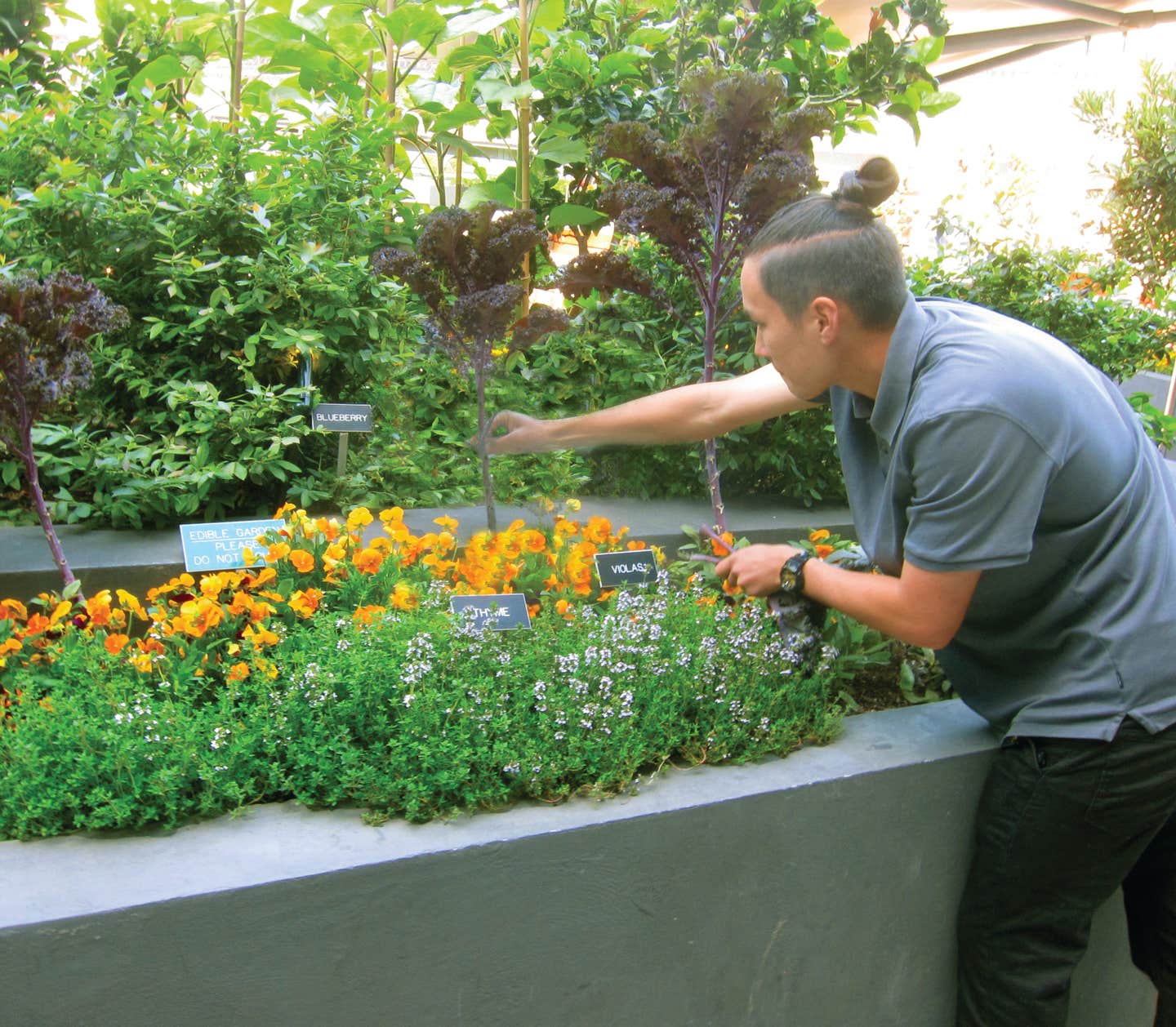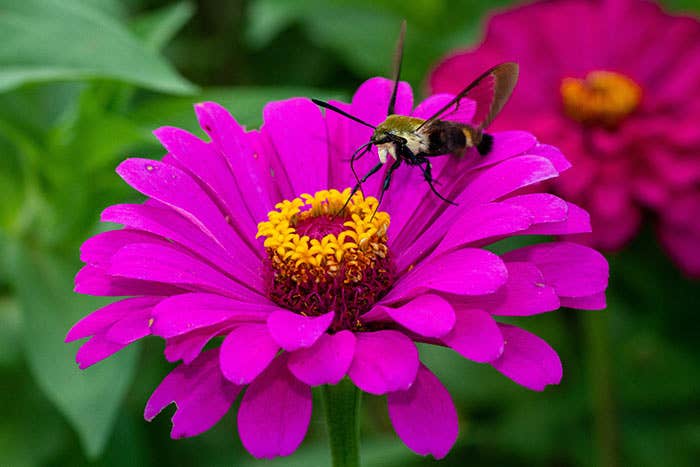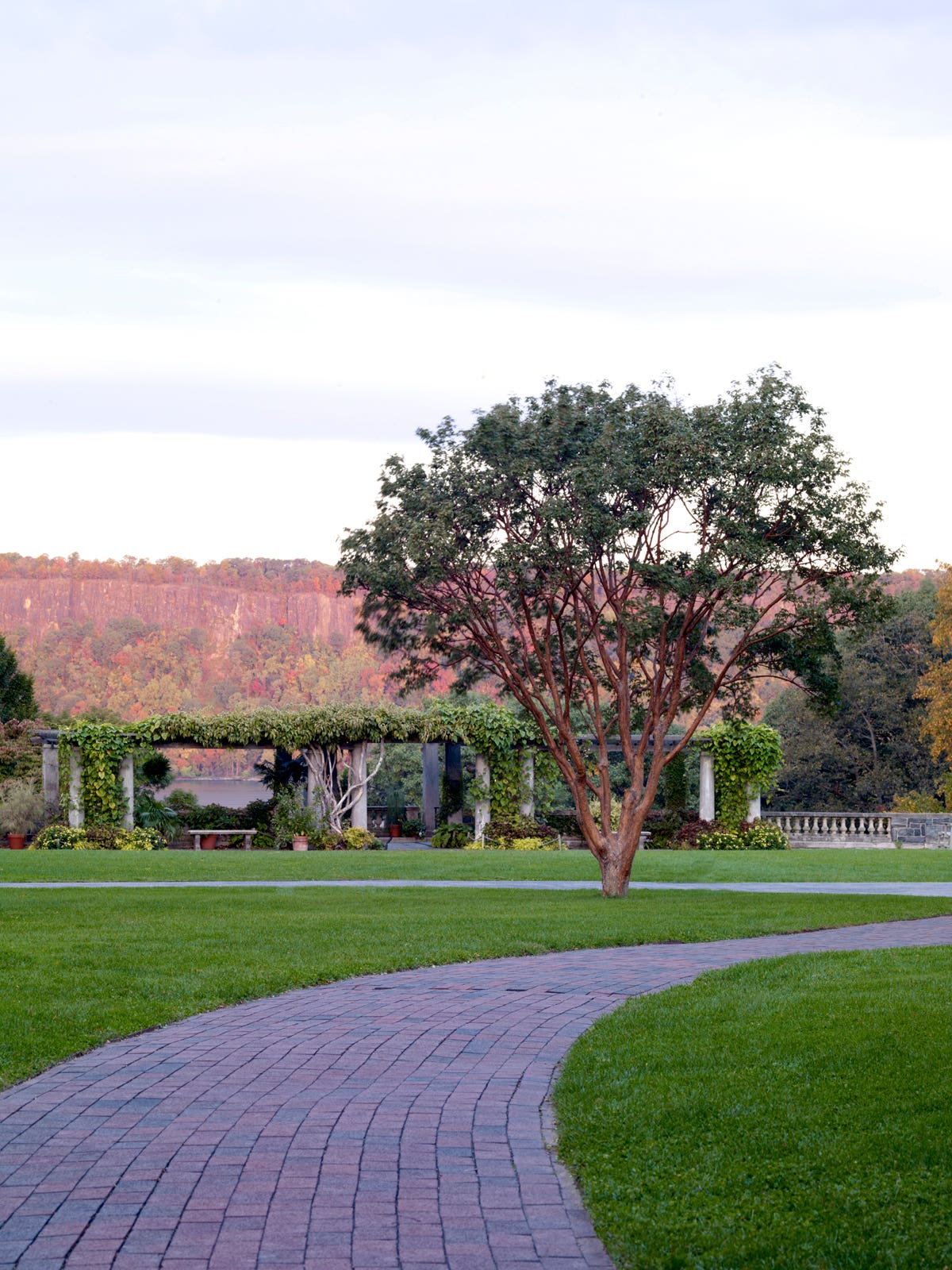BY C. COLSTON BURRELL /Free Union, Virginia, Zone 7
WHEN I'm just too hot to pretend it's still spring, and a full tree canopy has enshrouded my garden, woodland flowers give way to foliage. It is undeniably summer, and under a mantle of tulip poplars, maples, and oaks, ferns vie for attention, displaying fronds in a thousand shades of green. Like spikes of a heartbeat on a cardiogram, erect fronds lift my eye above a carefully orchestrated crazy quilt of epimediums, sweet woodruff, variegated Hakone grass (Hakonechloa macra ‘Aureola’), and dozens of prized rarities.
Ferns are among the oldest plants on earth. Despite being pegged as evolutionary primitives, they have exploited terrestrial and aquatic habitats throughout the world, from deserts to tundra. Hardy ferns make their way to our gardens from North America, Europe, and Asia, as well as temperate regions of the Southern Hemisphere. Many species such as lady fern (Athyrium filix-femina; USDA Zones 4-8) are cosmopolitan (found on all continents), indicating their ancient origin.
The selection of exceptional hardy ferns has never been better. “Refreshing” best describes the cool, mint-green triangular fronds of eared lady fern (Athyrium otophorum; Zones 5-9), which stand erect in open clusters on showy red stipes. Upside-down fern (Arachniodes standishii; Zones 4-9) has dense clumps of lacy fronds to three feet tall with prominent veins that make them appear wrong side up. Variegated holly fern (Arachniodes simplicior ‘Variegata’; Zones 6-9) is a coarser species with lustrous fronds boldly striped in gold. Clumps of triangular fronds with the basal pinnae like erect rabbit ears perk up any combination.
New shield ferns in the genus Polystichum have given me opportunities to add ferns to the drier parts of my woodland. All are heat tolerant and look great despite three consecutive dry summers. The toughest of the new recruits is long-eared holly fern (P. neolobatum; Zones 5-8), whose coarsely dissected, elongated leathery fronds hold up in heat and drought, and stand firm and green through bitter, snowless winters. Polystichum rigens is similar, but the fronds are triangular and squat. In a moister spot, I have a drift of Makino's holly fern (P. makinoi; Zones 4-9), whose elegant evergreen fronds arch outward above a carpet of spring bulbs and wild ginger. The soft shield fern (P. setiferum; Zones 5-8) is one of the loveliest species, though many of its forms falter in the southern heat. ‘Plumosum Bevis’ is an exception, with dense clumps of elegant, lacy, three-foot fronds.
New Dryopteris selections are also keeping pace. Excellent introductions include beaded wood fern (D. bissetiana; Zones 5-8), with glossy, forest-green fronds that appear stuffed with small beads, and D. lepidopoda (Zones 5-8), whose shiny, arching fronds emerge coral colored. Tokyo wood fern (D. tokyoensis, Zones 5-8) has erect fronds with slender pinnae like rungs on a ladder, while the wider fronds of D. uniformis ‘Cristata’ sport fan-shaped crests at the pinnae tips. Every garden needs a ferny allegro to enliven summer's subtle symphony of color and texture. Take your pick, or try them all!
To do in the garden
- Now is the time to assess your garden for dull spots and missed opportunities. Walk paths or traverse your border and think of ways to punch up this transition period between spring and summer.
- Clean up spent, matted daffodil foliage, and cut down the yellowing stems of late-blooming tulips.
- Thin the stems of border phlox and asters to improve air circulation and reduce the chance of disease.
- Pinch back mums and New England asters to promote compact growth.
- Divide epimediums and other herbaceous groundcovers whose new foliage is now hardened off enough not to wilt.
Worth growing
Black cohosh
Cimicifuga racemosa
Buds like pearls open to fuzzy, off-white spikes dancing three to six feet above luscious mounds of divided leaves. This durable native woodlander enlivens the early-summer doldrums in a sunny or shady spot with humusy soil. While many bugbanes swoon in the heat, this eastern American native won't melt away like butter on a July day. ‘White Lightning’ is a compact selection with dark purple flower stems. Hardy in USDA Zones 4-8.







